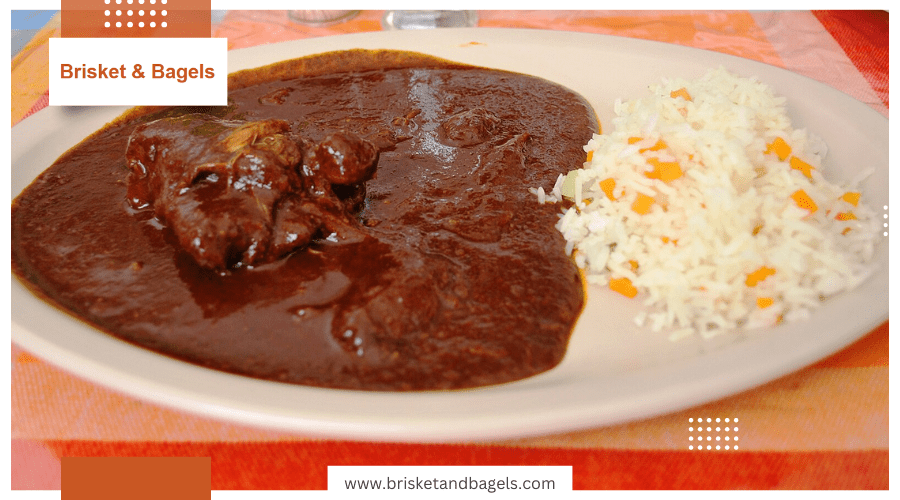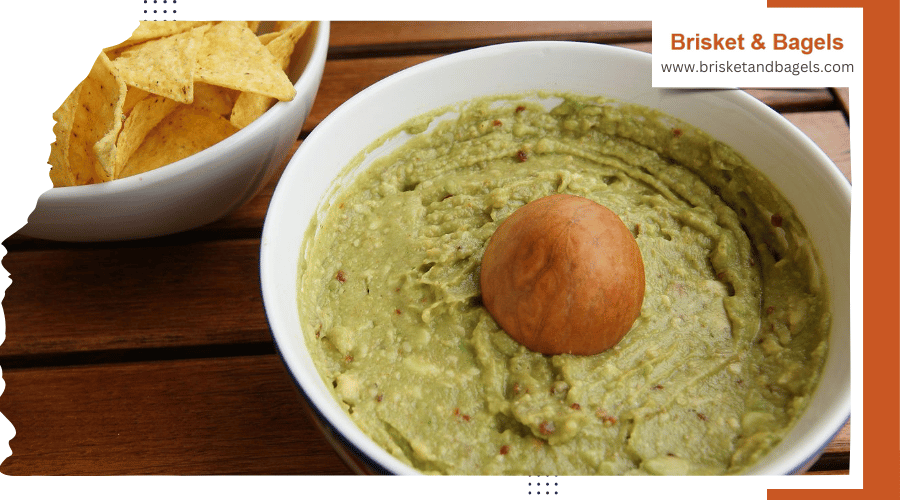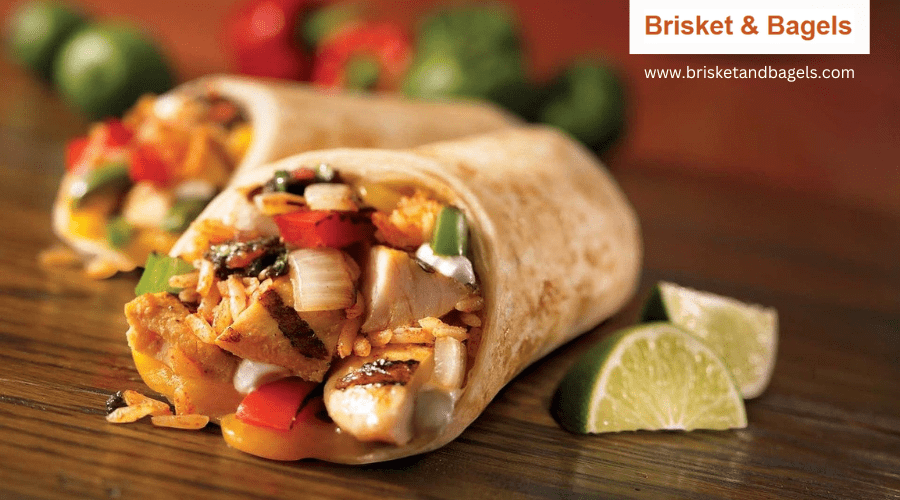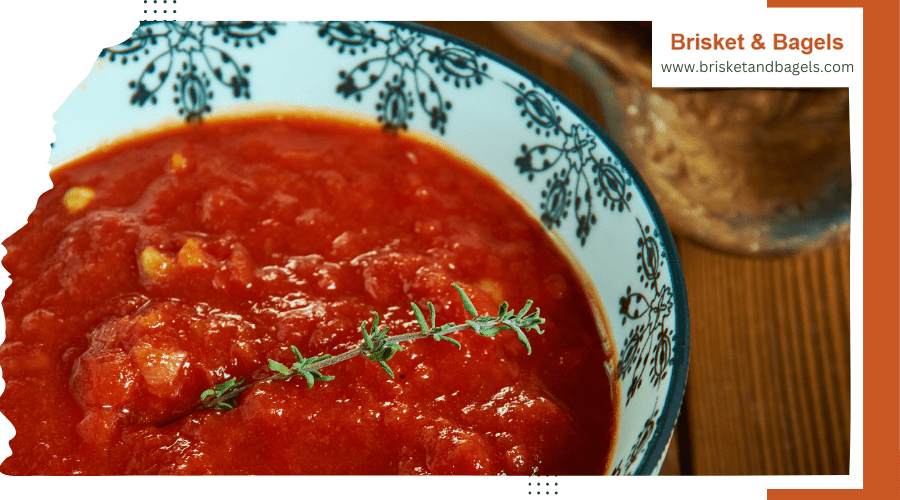Mole's historical origins are deeply rooted in the rich tapestry of pre-Hispanic Mexico, where it was more than just food—it was an offering to the gods. The Aztecs and Maya used mole in religious ceremonies, presenting it as sacred Aztec offerings. This practice highlights the significant role that mole played in their spiritual and cultural lives.
The word "mole" itself comes from the Nahuatl term "molli," meaning sauce. Although many attribute its creation to nuns in Puebla, especially Sor Andrea in 1685, historical records suggest that mole's culinary evolution began centuries earlier. This evolution showcases the indigenous culinary practices that combined local ingredients into complex flavors long before the Spanish arrived.
Key Ingredients and Flavors
A myriad of ingredients come together to create the complex and enchanting flavors of mole sauces. At the heart of every mole, chili peppers like ancho, pasilla, chipotle, and chilhuacle contribute their unique heat and depth. Each pepper plays a vital role in establishing the spice balance that defines a mole's character. Alongside these peppers, chocolate, particularly Mexican chocolate, adds a distinct richness and sweetness, enhancing the sauce's complexity.Spices such as cumin, cinnamon, and cloves are fundamental for flavor layering. They infuse the mole with aromatic notes that raise its taste profile, creating a symphony of flavors that dance on your palate. Nuts like almonds and peanuts, combined with the sweetness of raisins, introduce texture and further dimensions to the sauce. Tomatoes or tomatillos are pivotal for providing acidity, balancing the other robust ingredients. Their inclusion guarantees that no single element overpowers the rest, achieving a harmonious blend vital to the mole's identity. When you savor a mole, you're experiencing a masterful interplay of ingredients that celebrates the art of Mexican cuisine.Regional Mole Variations
The artistry of mole sauces lies not only in their intricate ingredient combinations but also in their regional diversity. As you investigate the vast landscape of Mexican cuisine, you'll uncover over 50 mole variations, each showcasing unique regional ingredients and cultural influences.
For example, Mole Poblano is perhaps the most renowned, featuring a rich blend of dried chilies, chocolate, nuts, and spices. Traditionally served with turkey or chicken, it captures the essence of Puebla's culinary heritage.
In Oaxaca, Mole Negro stands out with its deep, smoky flavor, thanks to charred chilhuacle chilies. This variation offers a complex taste profile that's both enchanting and unforgettable. Meanwhile, Mole Verde, popular in central Mexico, provides a fresh, herbaceous experience with ingredients like tomatillos, pumpkin seeds, and green chilies.
Other notable mole variations include Mole Amarillo, known for its lively yellow chilies and spices, and Mole Rojo, which highlights red chilies and tomatoes. Each of these sauces tells a story about its region's local ingredients and traditions, inviting you to savor the diverse flavors that define Mexico's rich culinary landscape. With such variety, there's always a new mole to investigate and enjoy.
Traditional Preparation Techniques
Mole's intricate flavors come alive through traditional preparation techniques that have been passed down through generations. You'll start by mastering the toasting techniques vital for enhancing the flavors of chilies, nuts, and spices. Toasting isn't just about cooking; it's about coaxing out the rich, aromatic oils locked within each ingredient. Once you've perfected this step, you'll move on to the grinding methods, utilizing a molcajete—a stone mortar and pestle. This tool allows you to grind the toasted ingredients into a smooth paste, a critical step that retains the mole's authentic texture and taste.After the grinding, it's time to layer flavors by sautéing onions, garlic, and spices. This step deepens the complexity of the mole, preparing it for the slow cooking process. You'll simmer the mixture for hours, allowing the flavors to meld into a rich, velvety sauce. Each region might favor different tools, like comals, for toasting and grinding, adding a unique touch to their mole variant. While modern conveniences like blenders can speed up the process, sticking to these time-honored techniques guarantees you capture the true essence of Mexican mole.Celebrations and Social Context
During significant celebrations in Mexico, mole often takes center stage, served at weddings, birthdays, and religious holidays. It's more than just a dish; it's a symbol of cultural identity and unity. When you gather with family and friends for these festive occasions, mole traditions come alive, weaving a tapestry of communal bonds and shared heritage. Imagine attending a Day of the Dead celebration, where mole plays an essential role. It's not just about enjoying a meal; it's about connecting culinary traditions with cultural rituals. You honor the deceased, celebrating their lives with flavors that resonate deeply within Mexican culture. Each region's unique take on mole, with its local ingredients and customs, adds to the richness of these celebrations.Mole in Global Cuisine
As you savor the cultural significance of mole at Mexican celebrations, you'll find that its influence extends far beyond the country's borders. Mole has gained international recognition, often appearing on menus in upscale restaurants worldwide. Chefs are embracing mole fusion, experimenting with this rich sauce by merging it with diverse culinary traditions. Food festivals and culinary events dedicated to Mexican cuisine further highlight mole, showcasing its depth and complexity. These gatherings attract food enthusiasts enthusiastic to investigate mole's unique flavors and cultural roots, elevating its status in the international culinary scene. As a result, pre-packaged mole sauces are now more accessible in grocery stores worldwide, allowing you to bring a taste of authentic Mexican cuisine into your kitchen.Preserving Mole Heritage
The rich aroma of mole simmering in a pot is more than just a culinary experience; it's a link to Mexican cultural heritage. At family gatherings, preparing mole becomes a communal affair, weaving bonds between generations. You see family members coming together, each contributing to the process and passing down heirloom recipes. These recipes preserve not only the taste but also the stories and traditions unique to each family.In Mexico, the significance of mole extends beyond the kitchen. Festivals like the Festival del Mole in Puebla celebrate its history, drawing communities together to honor this beloved dish. Such events play a vital role in recipe preservation, ensuring that mole remains a lively part of cultural identity.Organizations and culinary schools are stepping up to maintain this legacy. They're focusing on traditional mole-making techniques, teaching students to appreciate the craft amid modern culinary trends. This educational effort supports the preservation of mole's rich heritage.
Wrapping Up
Mexican mole sauces showcase the power of tradition, creativity, and cultural exchange. Their rich history and bold flavors make them a centerpiece of Mexican cuisine, cherished by families and food lovers alike.




